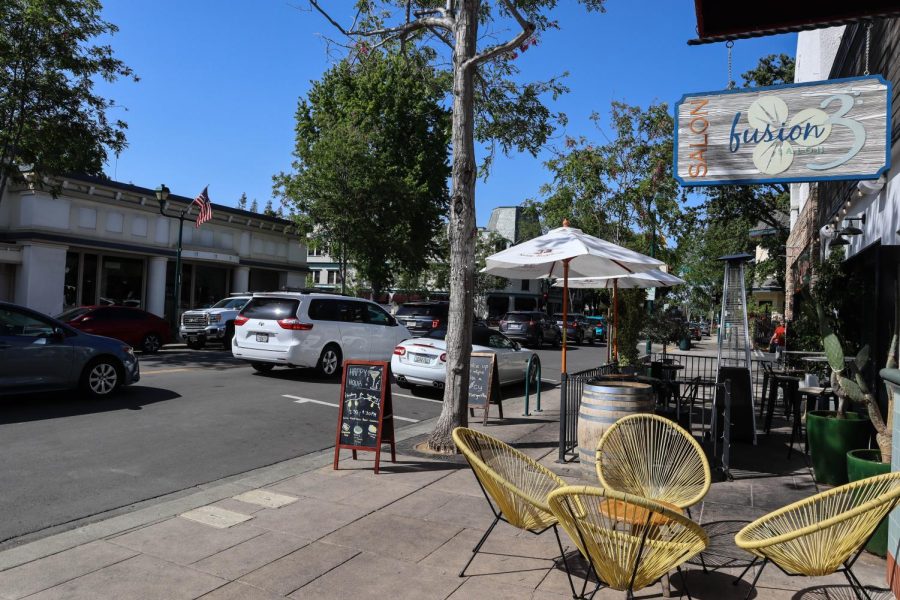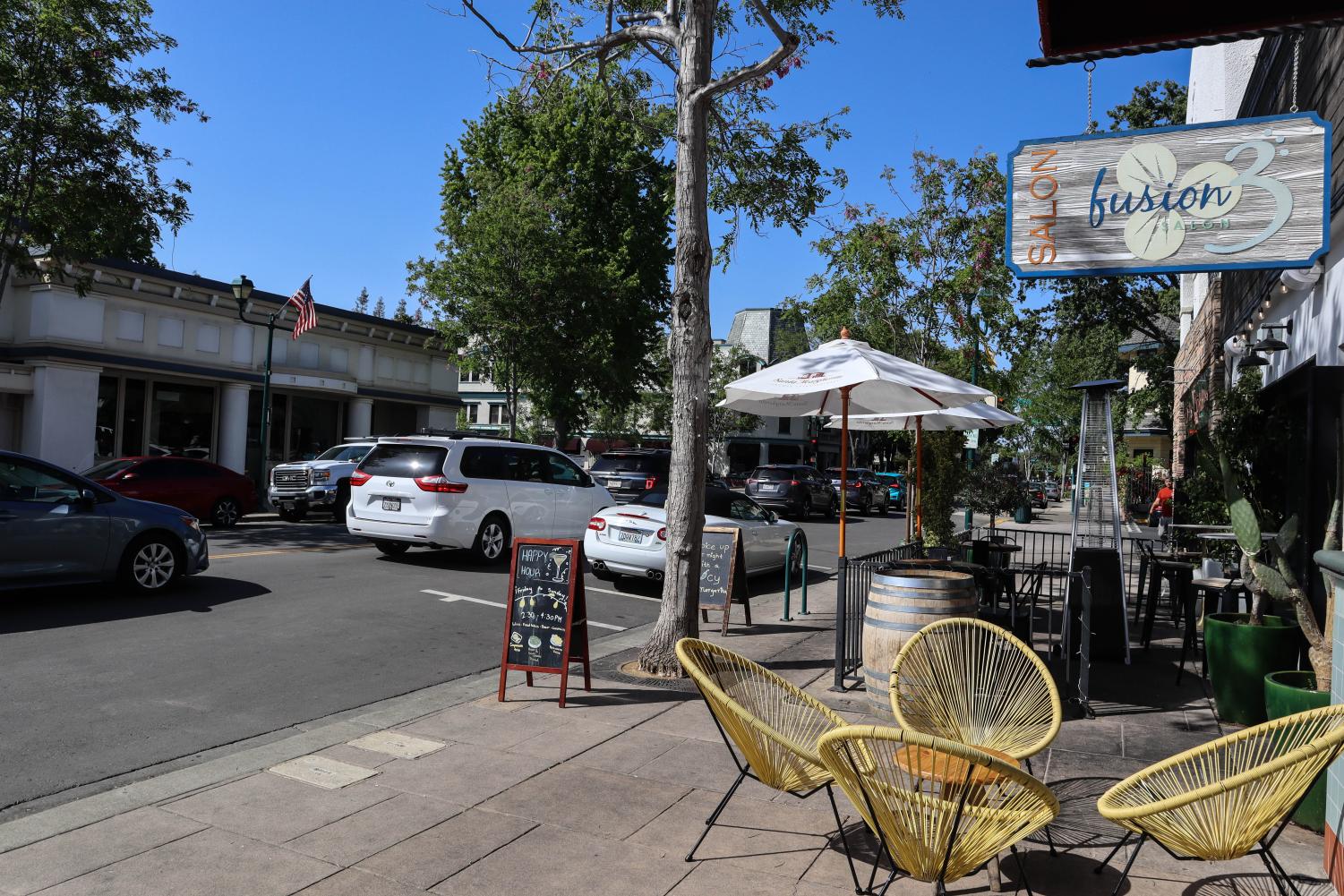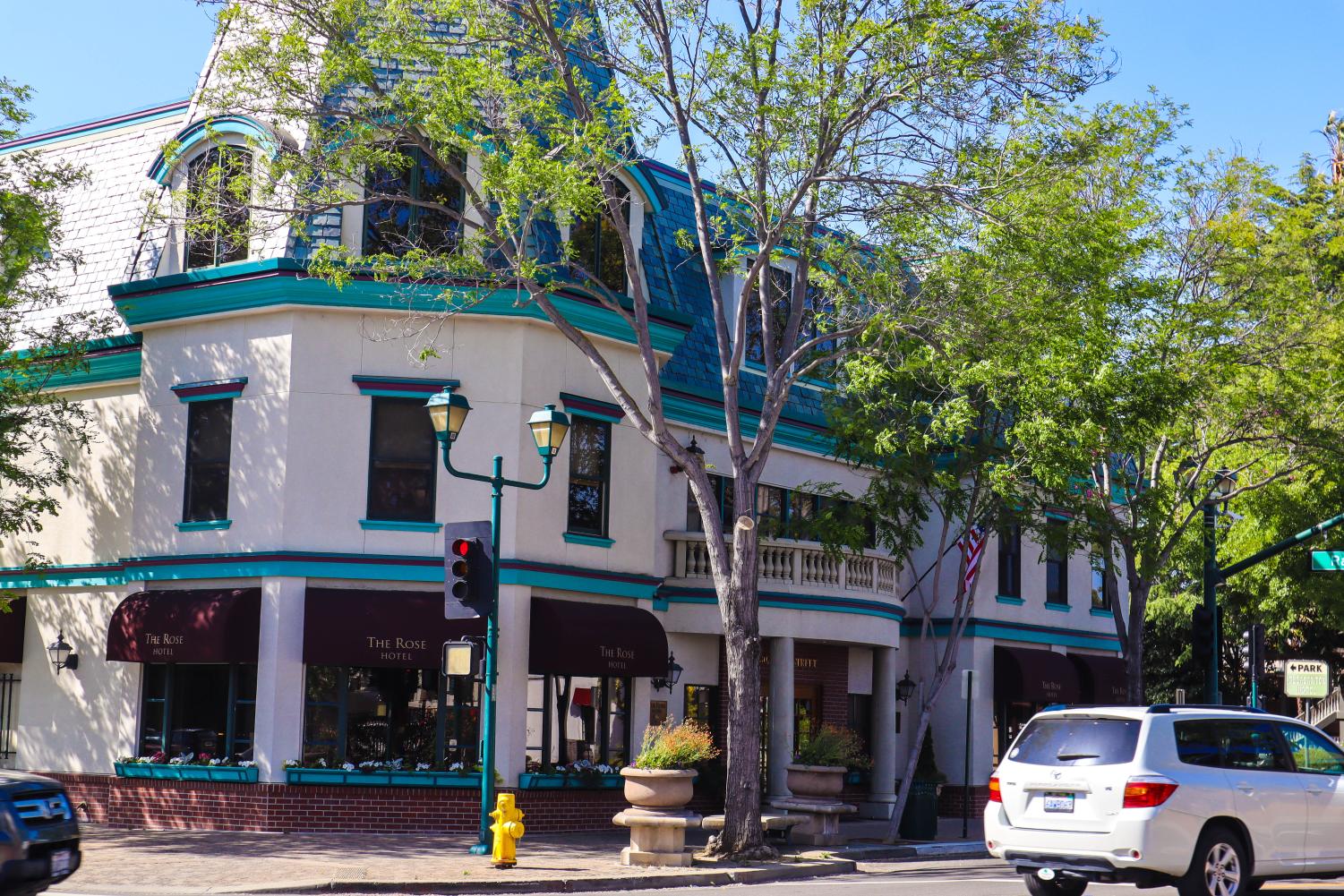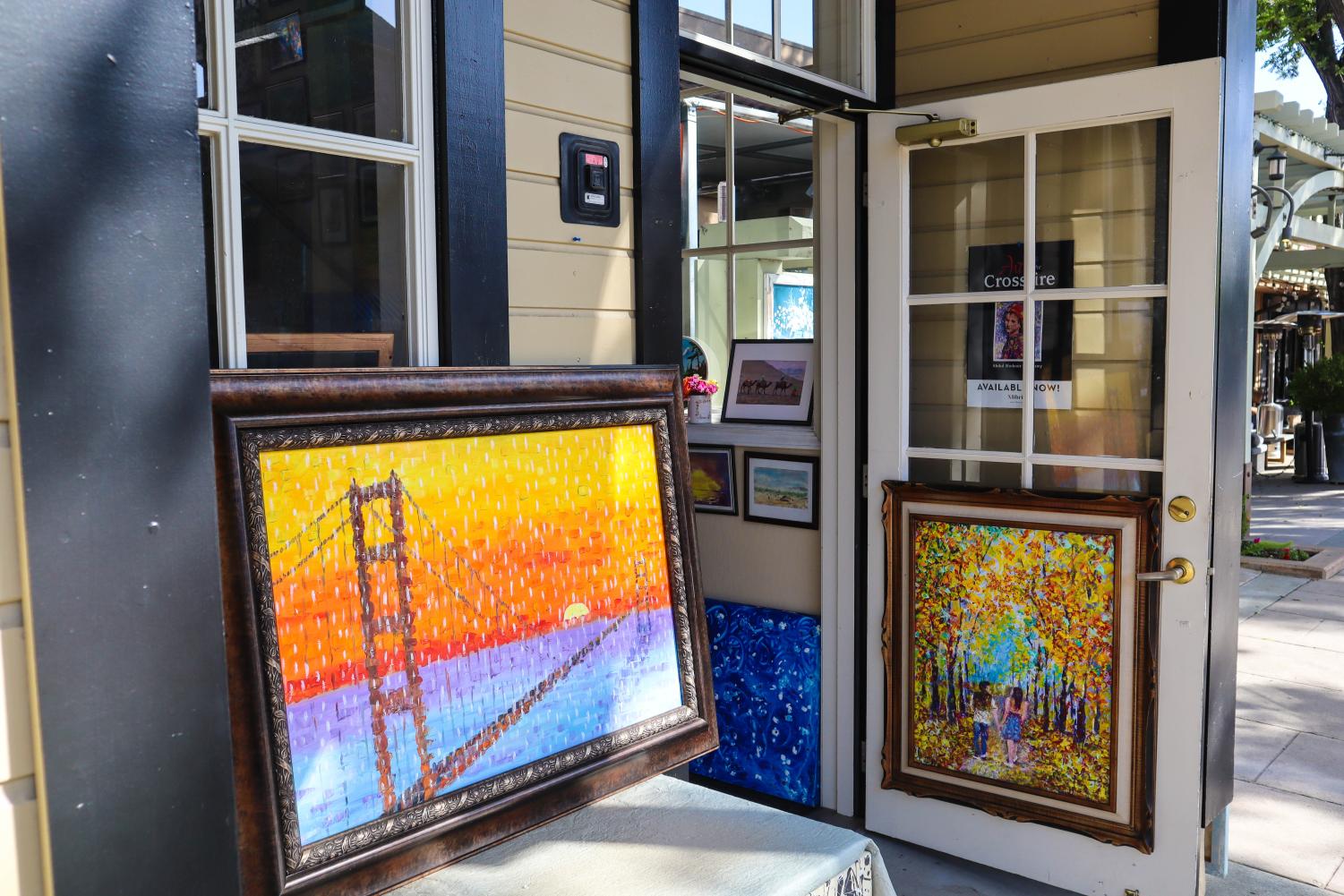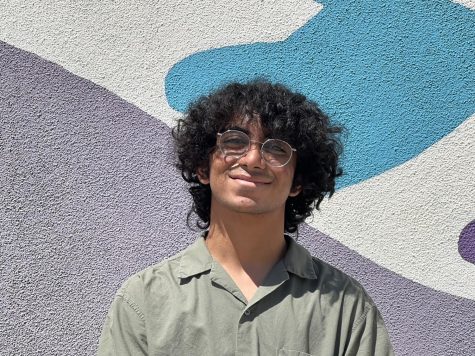The changing face of downtown Pleasanton: small town, big hearts
Brava Garden Eatery, one of Downtown Pleasanton’s newest establishments- it serves wonderful Argentinian and Italian cuisine.
April 29, 2022
Downtown Pleasanton reveals its true beauty this spring as people shake away the timidity of winter and fully embrace the sunny outdoors. One of the main reasons behind this ephemeral beauty, however, is the small-town feel that Pleasanton induces, despite being rather medium-sized.
“My favorite thing about Pleasanton downtown, about Pleasanton, is that while the town is still growing, it still has managed to maintain a small-town feel,” said Conor Close, general manager of Gay Nineties.
Despite maintaining that small-town feel, Pleasanton is surprisingly able to attract throngs of visitors, mostly consisting of people who want to enjoy a night out with friends that live a few districts away.
“We get a whole lot of people that are meeting a friend because we are freeway-interconnected. It is easy to get here and so people who have friends, say in Marin County and in San Jose, will meet in the middle, in Pleasanton,” said Judy, owner of Towne Center Books.
Pleasanton’s Main Street symbolizes the city’s rich western history; from a shady refuge for all types of crooks and thieves to an up-and-coming suburb between major metropolises and the hustle and bustle of the Bay Area.
Allegedly, even violent shootouts occurred down Main Street two centuries ago, when the town was nothing but a den of outlaws. That claim has since been debunked by Ken MacLennan, curator of the Museum on Main.
“We have never had enough material (either artifacts or historical documentation) to support an in-depth exhibit about a period that was less than two decades and had almost nonexistent news coverage. Most of the lore surrounding the Pleasanton area in the 1850s consists of family stories that lack documentary support,” said MaLennan, in an article by Local News Matters.
Pleasanton has become a respectable town in the past few decades. And as the town embarked into a period of economic prosperity, the city council began to preserve the town’s historical downtown area, to make sure that its prevalent western architecture and homely atmosphere stays for decades to come.
“Pleasanton had a reputation for being a cool, ‘antiquey’ type of place. Other than the physical structure- [Towne Center Books] has not changed, we might say sadly- it looks different, and the stores are definetely more upscaled,” said Judy.
An affectionate, careful community has remained one of downtown Pleasanton’s paramount marvels since the town’s industrial boom. To German Carlucci, a determined man who has worked in the restaurant industry tirelessly for the past decade, the community’s heartfelt and supportive welcome was a deal maker, both for himself, his aspirations, and most of all, his family.
“The support from this community, to me and my family, is immense. We had a baby during the pandemic, my wife and I, and the financial and emotional support that this community gave us, it’s one of the reasons why [our restaurant is] still open. So, I couldn’t imagine myself anywhere else,” said Carlucci, owner of Brava Garden Eatery.
The charm of downtown Pleasanton was never lost on the youth, perhaps due to its proximity to Amador Valley High, one of the largest high schools in the town. Nonetheless, walking through downtown in a sunny summer afternoon was a core part of many residents’ childhood.
“I especially liked the first Wednesdays of the month, and the street fair that they used to do back in the day. I used to go there all the time back when I was a kid,” said Spencer Thiel (‘23).
Even through all the chaotic ups and downs, downtown Pleasanton has managed to keep an air of hospitality and homeliness alight even in times of distress, as well as a historical value that reminds the town residents of how much Pleasanton has changed since its inception. Even though the town still undergoes rapid change in the face of technological and cultural advances, we can rest assured that the history of our cozy little valley town will be properly preserved along the pathways of everyone’s favorite weekend refuge – Main Street.
“I love the wonderful community we have here. So many people come downtown; it is the heart of Pleasanton, as the slogan so aptly puts it,” said Judy.

